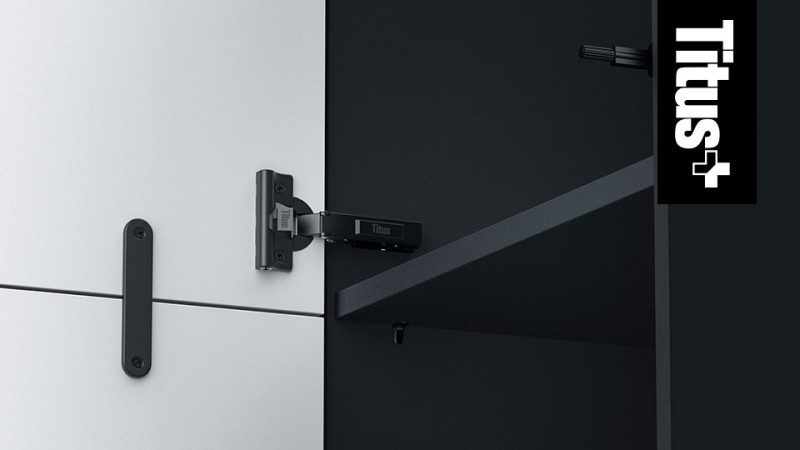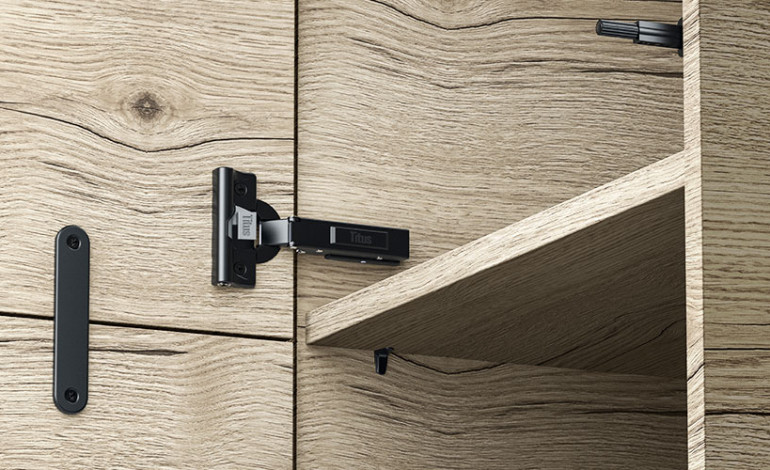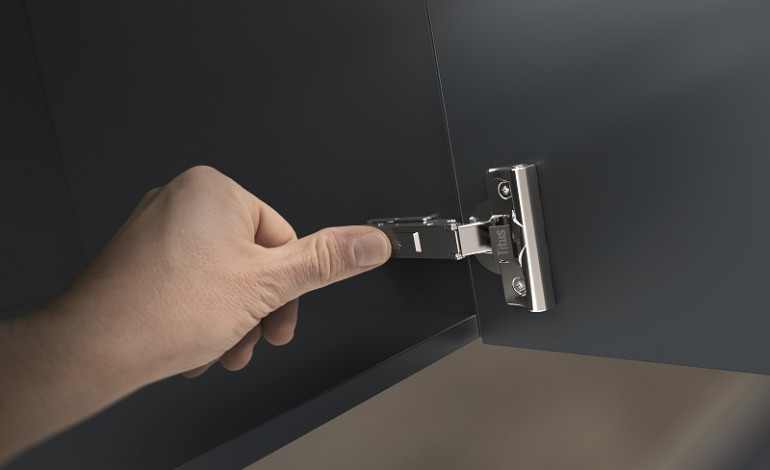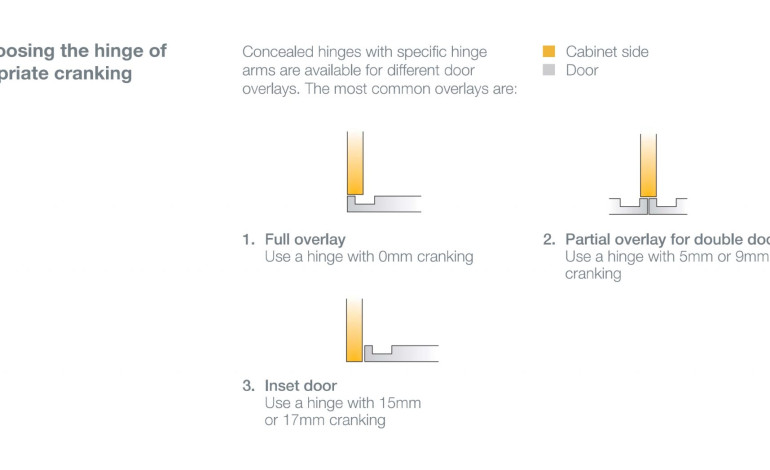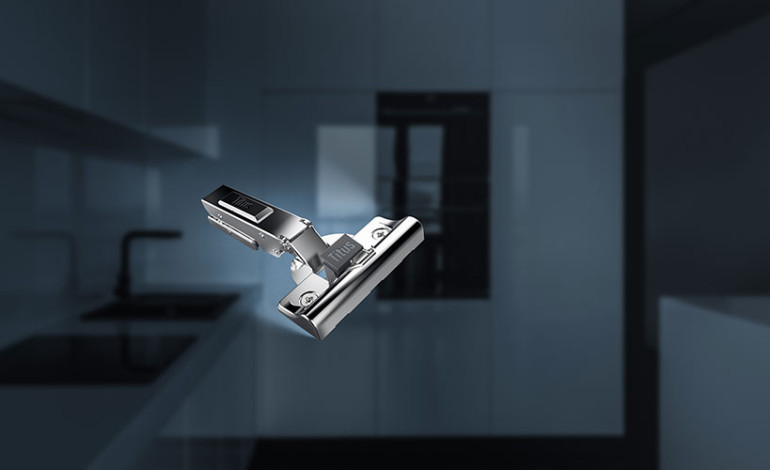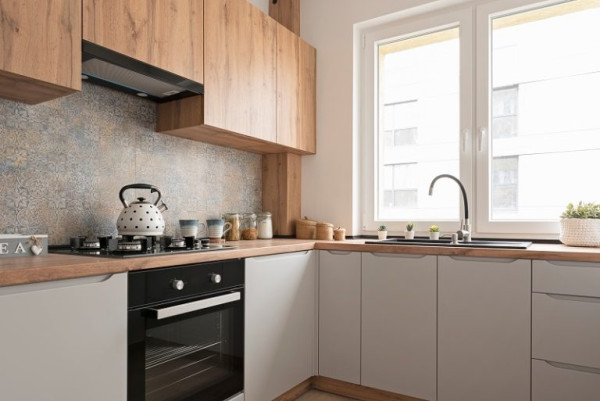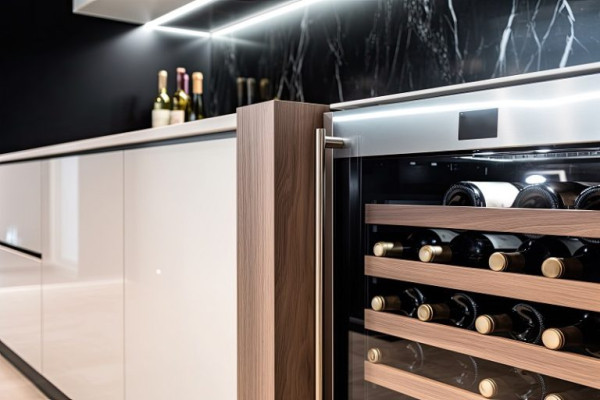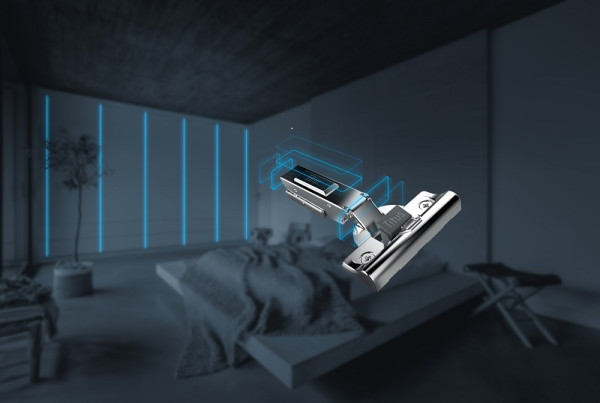Once you know the required door overlay, you can use this to select mounting plates of the right thickness and choose the correct drilling distance. The through side adjustment and door clearance and gap should be calculated to achieve the functionality required.
What mount is needed with concealed hinges?
The hinge mount describes the process of fixing the hinge on the door to the mounting plate on the furniture.
Mounting is fast and easy with concealed hinges, as they are engineered for ease and high performance. You will need to fit the mounting plate, which may already be prepared as part of the furniture manufacture. There are three types of mount:
3Way snap-on (T-type): intuitive hinge-to-plate assembly in three directions (front, rear, and top).
Snap-on (S-type): the door is assembled on the cabinet side by snapping in the two hooks on the outer part of the mounting plate.
Slide on (B-type): The hinge arm slides over the mounting plate. The hinge adjustment must fit into the groove on the mounting plate.
Key-hole: Wide angle hinge where the screw slots into the appropriate hole on the hinge arm.
3Way snap-on mounting is the most tolerant to misalignment and can be adjusted, making these concealed hinges some of the most versatile and easy to use. With a 3Way snap-on mount, the T-type is the easiest concealed hinge to mount, especially on tall, heavy doors.
